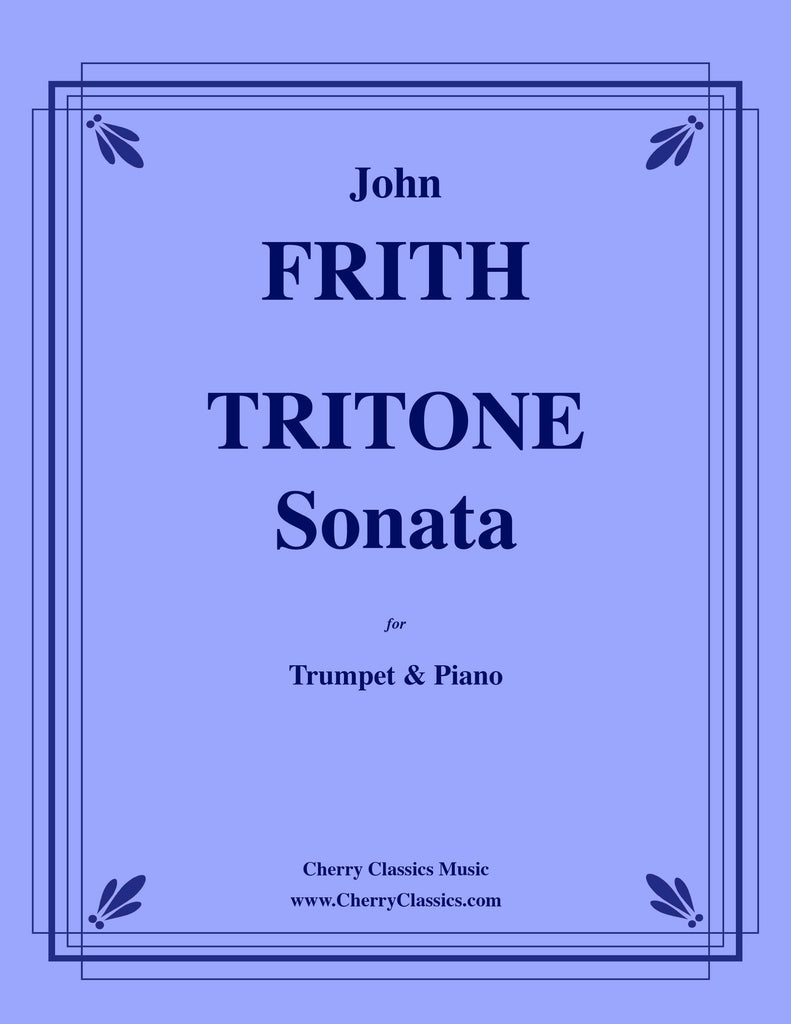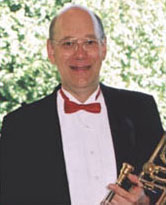Details
Here is a description of the TRITONE Sonata for Trumpet and Piano by the composer, John Frith:
"One of my most enjoyable roles in music was conducting the Herefordshire Young People’s Orchestras (UK) in the late 1980s. Stuart Essenhigh was a very talented young trumpeter who toured Belgium with the orchestra as a soloist in 1989.
Encouraged by this experience Stuart went on to study in London graduating as a fine professional trumpeter working firstly in Hong Kong and then as a freelancer with major U.K. orchestras.
My TRITONE Sonata for Trumpet and Piano of 2016 was written specifically for Stuart. Each of its three movements uses the interval of a tritone in different ways. We hear it initially as a ‘benign’ element of the first movement; ‘ironic’ in the second and even ‘playful’ in the last.
I - Moderato
The use of a ‘straight’ mute to open and close this movement greatly enlarged my palate of sound colours and, together with some unconventional ‘flutter- tonguing’ techniques, it allowed me to emphasize the declamatory and strident possibilities of this powerful instrument…... I call for ‘ffff’ (fortissississimo) at one point! The muted coda creates an otherworldly’ atmosphere - distant and questioning at the close.
II – Andante espressivo – piu mosso – Tempo primo
The opening austere and angular melody (which demands great lip flexibility and control) leads to a relaxed and flowing ‘piu mosso’ with quasi baroque idioms. This builds towards florid, technical passages for the soloist which are matched by more assertive piano lines heralding the return of the opening material and a soulful resolution.
III – Maestoso – rondo
A traditional martial ‘fanfare’ opens the final movement by answering phrases from both instruments. There is something of a power struggle in progress here which is momentarily resolved at the ‘rondo’ where the piano accepts a supportive ‘um-pa-pa’ accompanimental role. The trumpet melody is dominant and confident but the piano gradually asserts itself propelling the music with a powerful ‘boogie-woogie’ style bass line. This encourages both instruments to climb ever higher in, what I trust will be, a thrilling race for the final bar." John Frith 2020
This work is about 12 minutes in length and is appropriate for advanced to virtuoso performers.


 Gordon Cherry has been running Cherry Classics for over 20 years. He is a leading professional Trombonist in North America, having performed as Principal Trombonist of the Vancouver Symphony, and the CBC Radio Orchestra. As well, Gordon has taught hundreds of Brass students for over 30 years at the University of British Columbia and many international leading music festivals.
Gordon Cherry has been running Cherry Classics for over 20 years. He is a leading professional Trombonist in North America, having performed as Principal Trombonist of the Vancouver Symphony, and the CBC Radio Orchestra. As well, Gordon has taught hundreds of Brass students for over 30 years at the University of British Columbia and many international leading music festivals.